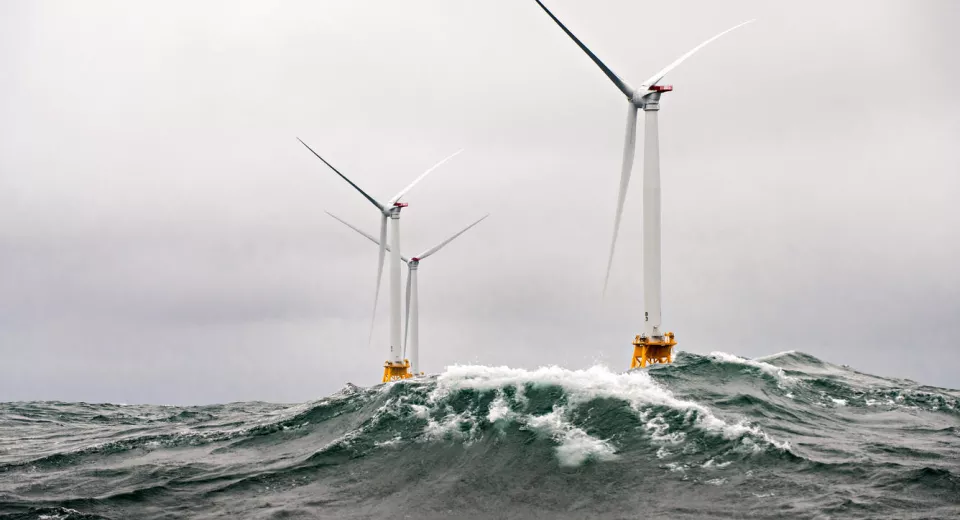Major developments in the American offshore wind market
On Monday 17 November, Oceantic Network, the premier US member-based organisation for offshore wind and other forms of offshore renewable energy, hosted a webinar on the new federal energy policy in the US. The main conclusions of this webinar can be found below.
Current state of affairs
- One project is currently fully completed (132 MW);
- Three projects are in the installation phase (4,091 MW);
- Two projects will officially start in May 2025 (1,734 MW).
- Eleven projects are in principle ready to start.
Changes in the federal energy policy
- There is a temporary withdrawal of lease areas at the federal level;
- There will be no more lease auctions for areas in federal waters;
- Approved projects will most likely be allowed to continue;
- All other projects will be thoroughly reviewed.
The above restrictions only apply to federal waters and therefore do not apply to areas that fall under individual states.

Additional considerations
Despite the current measures, there are still many prospects for offshore wind energy in the US, as this source of energy can play an important role in addressing certain problems and challenges:
- The United States is facing serious transmission problems;
- There is an increasing demand for electricity due to the electrification of transportation and data centers;
- There is a general desire to decarbonize the oil and gas industry.
In addition, the majority of Americans remain in favor of renewable energy.
Principal takeaways
- The US offshore wind sector will continue to advance, but at a significantly slower pace;
- The initiative for further development of the sector will mainly lie with the states in the next years;
- The focus will mainly be on measures to improve the electricity grid and procurement policy.
Context
On January 20, President Trump issued an executive memorandum titled “Unleashing American Energy.” The document notes that the U.S. is rich in energy resources that have historically fueled economic prosperity, and calls for an overhaul of all regulations that impede energy production, focusing on oil, natural gas, coal, hydroelectricity, and nuclear. The memorandum also explicitly calls for an end to the Green Deal.